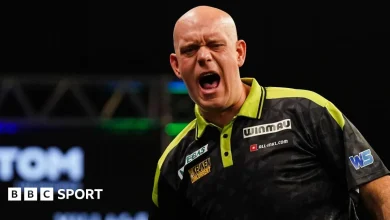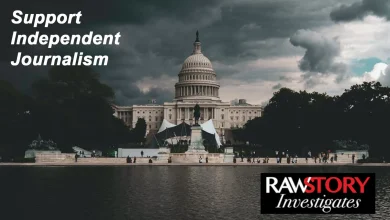Media Frames Olandria as the Aggressor After Huda and Louis Are Caught Laughing at Racist Slur Attacking Olandria

When Love Island ended, most people expected the drama to fade. Instead, the feud between Huda, Louis, and Olandria keeps resurfacing, and the latest controversy shows why. A livestream clip caught Huda and Louis laughing after a viewer used a racial slur to attack Olandria. The video circulated fast, with Olandria addressing it calmly while calling for donations to Black organizations fighting against racism. Her maturity should have been the story. Instead, media headlines turned her into the aggressor.
Complex ran the headline: “Olandria Accuses Huda and Her Boyfriend of ‘Laughing’ at Racist Slur.” The problem is simple. Olandria didn’t accuse anyone. She reacted to something everyone saw happen live. The slur was audible. The laughter was visible. Yet a Black woman was framed as if she fabricated it. This kind of framing is not new. It’s the same cycle that repeats whenever Black women demand accountability.
The Headlines That Protect the Guilty
The word “accuses” sounds small but does serious damage. It implies exaggeration, doubt, or hysteria—language historically used to discredit Black women. Adding quotation marks around “laughing” makes it worse. It suggests uncertainty when there was none. Everyone watched Huda and Louis laugh. Everyone heard the slur. But somehow, the coverage shifted focus from what happened to how Olandria “appeared” to react.
Complex really said “allegedly” when there is proof of Huda’s racism. Wild how Olandria gets accused of “accusing” when there’s literal video proof.
People online were quick to point out that this is not how accountability works. Olandria didn’t call names or start a smear campaign. She asked viewers to donate to organizations fighting racism. Yet her calm was reframed as hostility. The headline wasn’t just inaccurate; it was harmful.
Journalists and editors share responsibility here. Copy editors often write headlines, but publications approve them. Someone still looked at the footage, saw the evidence, and decided to publish a story that questioned the victim instead of the behavior. This is why audiences are tired of mainstream outlets performing neutrality while amplifying harm.
Jealousy Disguised as Critique
Beyond the headlines lies the real tension: envy and colorism. Olandria’s rise on Love Island upset a familiar hierarchy. She was never supposed to be the breakout star. She was dark-skinned, confident, and unbothered. Qualities that made her both admired and resented. For many viewers and influencers, that visibility felt like problematic.
Huda’s fanbase reflects this resentment. They mock Olandria’s success while pretending their hostility is about “behavior” or “attitude.” But their problem isn’t her personality; it’s her presence. The livestream exposed what has been simmering since the show: a deep discomfort with dark-skinned women winning. Huda’s laughter wasn’t just a reaction. It was a reflection of that bias.
Louis’s claim that he “can’t be racist” because he’s Black reflects a wider behaviour where people of color engage in racism and colorism, yet dismiss it by hiding behind their own identity. Proximity to Blackness doesn’t erase anti-Blackness. It only makes it easier to deny. That’s why Olandria’s grace continues to bother people who rely on chaos to justify their prejudice.
A Pattern Bigger Than One Livestream
The Complex headline fits into a larger media pattern. In August, Rolling Stone ran a now-deleted article portraying Huda as a misunderstood victim while describing Olandria and Chelley as aggressors. The piece ignored documented racist attacks against them and accused their fans of bullying. The timing, days before the Love Island reunion, looked strategic, designed to shape perception before public conversation could.
Then came People Magazine, which cropped Olandria, the only Black finalist, out of its original finale coverage. The image was quietly replaced after backlash but never addressed. That kind of silence sends a clear message: Black women’s presence is optional.
And when BuzzFeed’s Tasty account labeled Chelley’s post “knuckle sandwich,” the pattern became undeniable. Three separate platforms, three acts of harm. Each incident diminished or mocked Black women who had already faced racism on-screen. Together, they reveal how mainstream media protects non-Black women while policing Black women’s visibility.
These decisions are not isolated mistakes. They are systemic habits that reflect who editors see as sympathetic and who they see as disposable.
Final Thoughts
Olandria never accused anyone. She asked for accountability. She responded with composure while the people who wronged her laughed. The evidence was there for everyone to see. Yet media framing twisted that truth to protect the offenders and question the Black woman’s credibility.
This is how bias operates, in language, in tone, in what stories choose to highlight. The press owes more than corrections. It owes honesty. Because when journalists distort facts to protect influencers, they become part of the harm.
Olandria’s response showed leadership. The rest of the media should follow her example and start reporting with integrity instead of insecurity.
Like this:
Loading…
Discover more from Feminegra
Subscribe to get the latest posts sent to your email.





